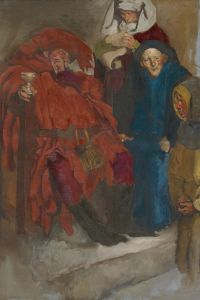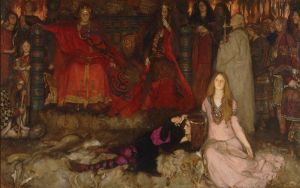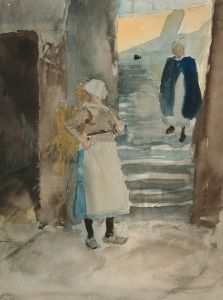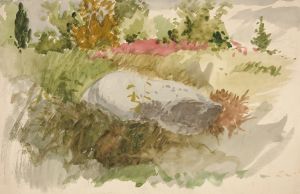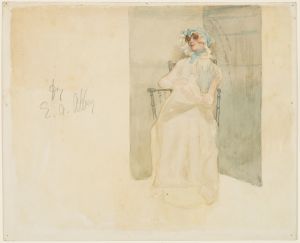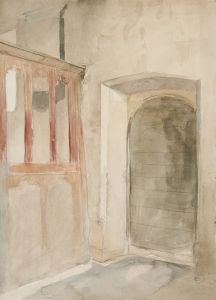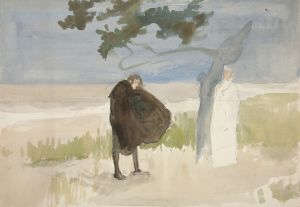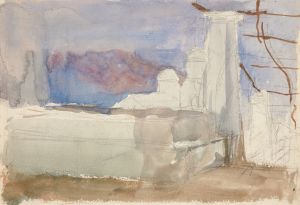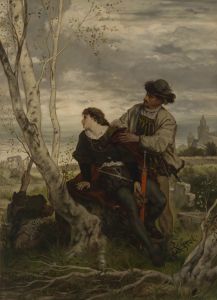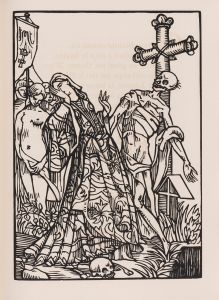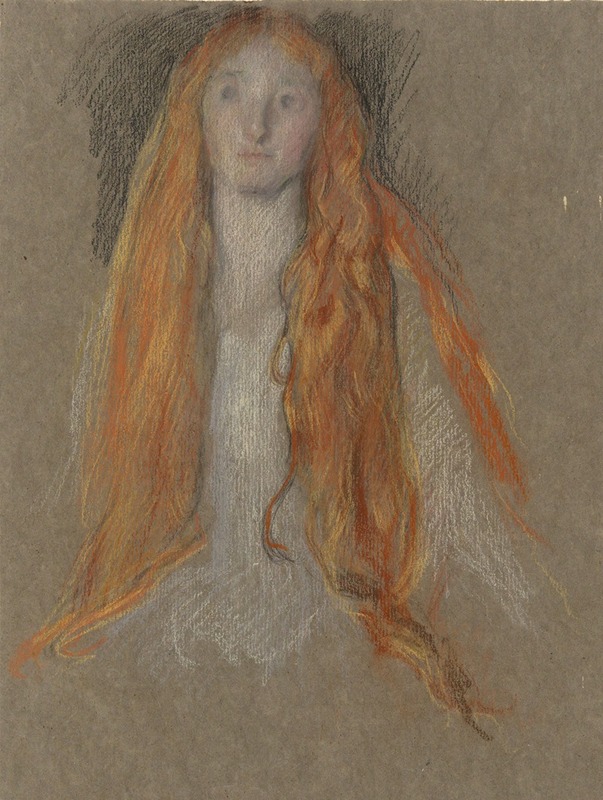
Study for the Head of Ophelia, in The Play Scene, in Hamlet
A hand-painted replica of Edwin Austin Abbey’s masterpiece Study for the Head of Ophelia, in The Play Scene, in Hamlet, meticulously crafted by professional artists to capture the true essence of the original. Each piece is created with museum-quality canvas and rare mineral pigments, carefully painted by experienced artists with delicate brushstrokes and rich, layered colors to perfectly recreate the texture of the original artwork. Unlike machine-printed reproductions, this hand-painted version brings the painting to life, infused with the artist’s emotions and skill in every stroke. Whether for personal collection or home decoration, it instantly elevates the artistic atmosphere of any space.
Edwin Austin Abbey's "Study for the Head of Ophelia, in The Play Scene, in Hamlet" is a preparatory work that reflects Abbey's meticulous approach to capturing the essence of Shakespearean characters. Abbey, an American artist known for his illustrations and paintings, was particularly renowned for his depictions of literary and historical subjects. His work on Shakespeare's plays is among his most celebrated contributions to the art world.
Abbey was born in 1852 in Philadelphia, Pennsylvania, and he developed an early interest in art and literature. He began his career as an illustrator for magazines, which was a common starting point for many artists of his time. Abbey's talent for capturing the nuances of literary characters soon became evident, and he gained recognition for his ability to translate complex narratives into visual form.
The study of Ophelia is part of Abbey's larger project to illustrate scenes from Shakespeare's "Hamlet." This particular study focuses on Ophelia, one of the play's most tragic and enigmatic characters. In "Hamlet," Ophelia is the daughter of Polonius and the love interest of Prince Hamlet. Her descent into madness and subsequent death are pivotal moments in the play, symbolizing innocence lost and the destructive power of political and familial intrigue.
Abbey's study captures Ophelia during "The Play Scene," a crucial moment in "Hamlet" where the prince stages a play to gauge King Claudius's guilt in the murder of Hamlet's father. Although the study is a preparatory work, it reveals Abbey's attention to detail and his ability to convey emotion through facial expressions and posture. The focus on Ophelia's head suggests an exploration of her inner turmoil and vulnerability, key elements of her character in the play.
Abbey's work on Shakespearean subjects was part of a broader trend in the 19th century, where artists sought to engage with literary themes and bring them to life through visual art. His illustrations and paintings were well-received, and he became a member of the Royal Academy in London, where he spent much of his career. Abbey's dedication to historical and literary accuracy, combined with his artistic skill, made him a prominent figure in the art world of his time.
"Study for the Head of Ophelia" is a testament to Abbey's commitment to capturing the psychological depth of Shakespeare's characters. While the study itself may not be as widely known as some of his completed works, it provides insight into his artistic process and his ability to convey complex emotions through art. Abbey's contributions to the visual interpretation of Shakespeare continue to be appreciated for their depth and sensitivity, offering viewers a window into the timeless themes of love, madness, and tragedy that define "Hamlet."





